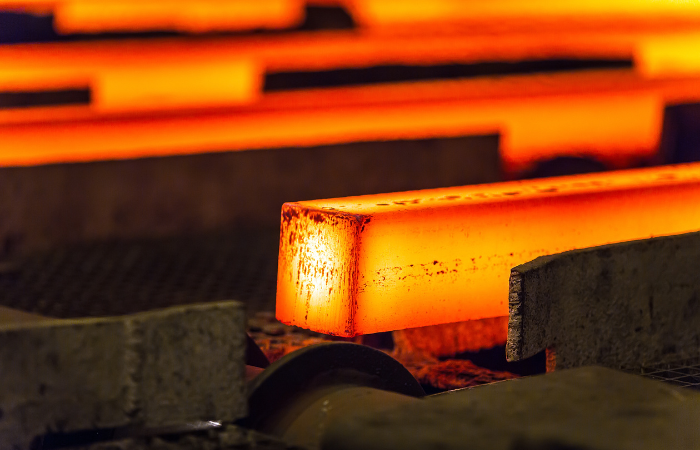
Built for Precision: How We Forge High-Quality Podiatry Instruments
Podiatry nail nippers are made by forging steel.
There are 3 methods: Cold forging, Hot forging, and Casting.
Cold forging is good for plastic handled kitchen scissors where the blades are usually 2 to 2.5mm thick. Anything thicker than this and monumental force needs to be applied. A nail nipper handle would need 250-300 tons of force applied to cold steel, but only 20-30 tons in hot steel. Apart from the energy wastage, cold forging sets up minute stress fractures when used on thicker sections of steel. These are impossible to passivate and can harbour dirt and bacteria.
Generally, cold forging is a poor alternative for surgical instruments and is not used. Cold forging is, however, good for softer steels (3/16) in making and pressing gallipots, bowls etc.
Hot forging is generally the process of choice in 4/20 stainless steel surgical instruments used in podiatry.
Casting again is not generally used in that the molecular structure tends to be brittle, and damage can occur by dropping onto a hard surface - like the floor! Casting does have one great advantage in that it’s very accurate and very repeatable. For example, the orthotic scissors (Product code CH70) with “self-tightening” alignment joints are cast because this accuracy is needed.
So, it’s about selecting the correct steel, the correct hardness and the right forging process.
With over 30 years of experience, Bailey Instruments is well placed to select and manufacture surgical instruments to the highest standards.